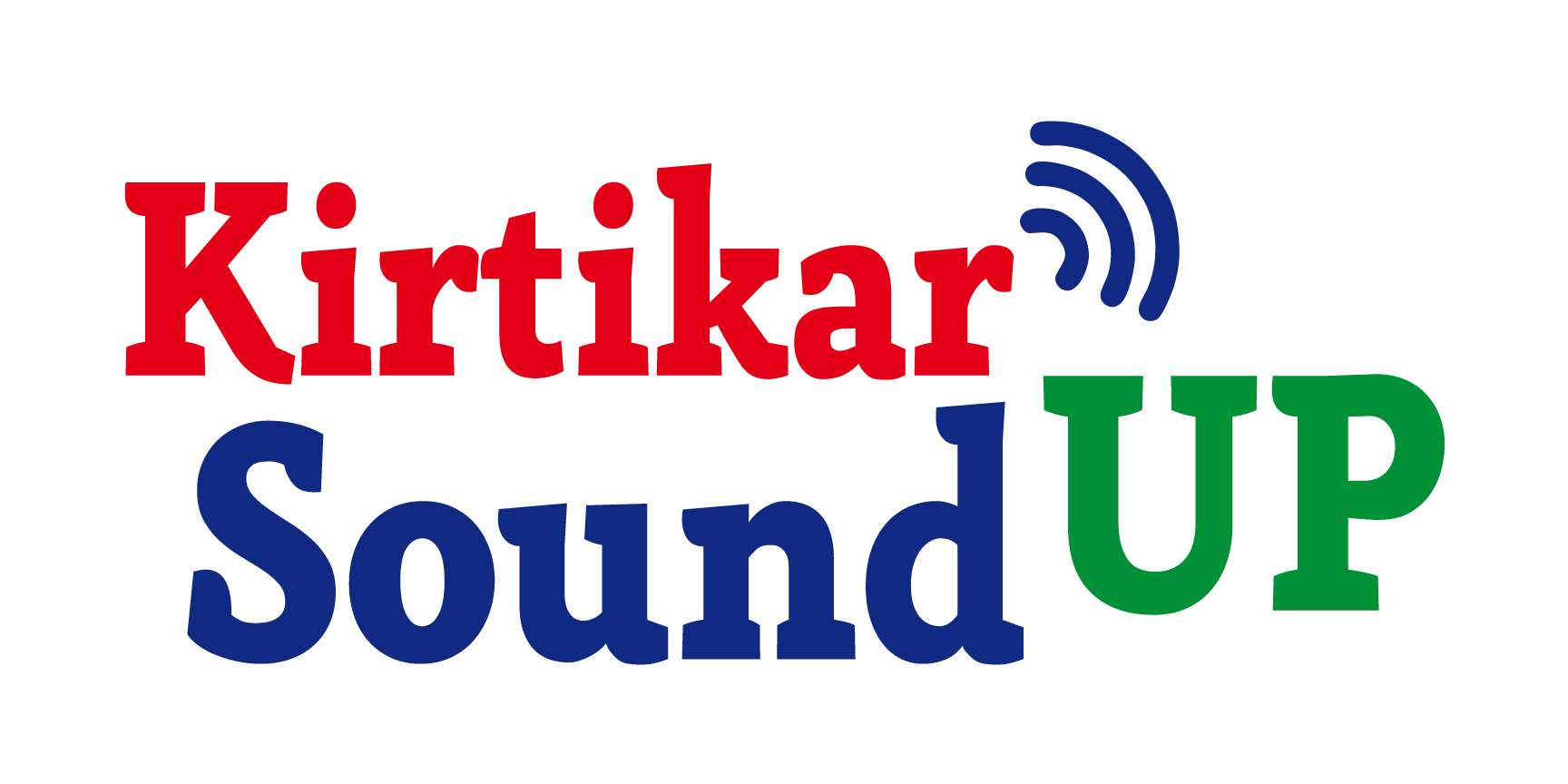Hearing aids come in many different styles, but they have two basic types. the selection of the cosmetic concerns. So, when you buy hearing aids, these factors also matter. If you want professionally fitted hearing aids, contact Kirtikar Sound UP, located in Pune, India, where you’ll have access to a wide range of types and styles, along with extensive customization, at a very affordable price.
Hearing aid types
Two basic types of hearing aids come in many different styles:
⦁ In-the-ear (ITE) hearing aids
⦁ Behind-the-ear (BTE) hearing aids
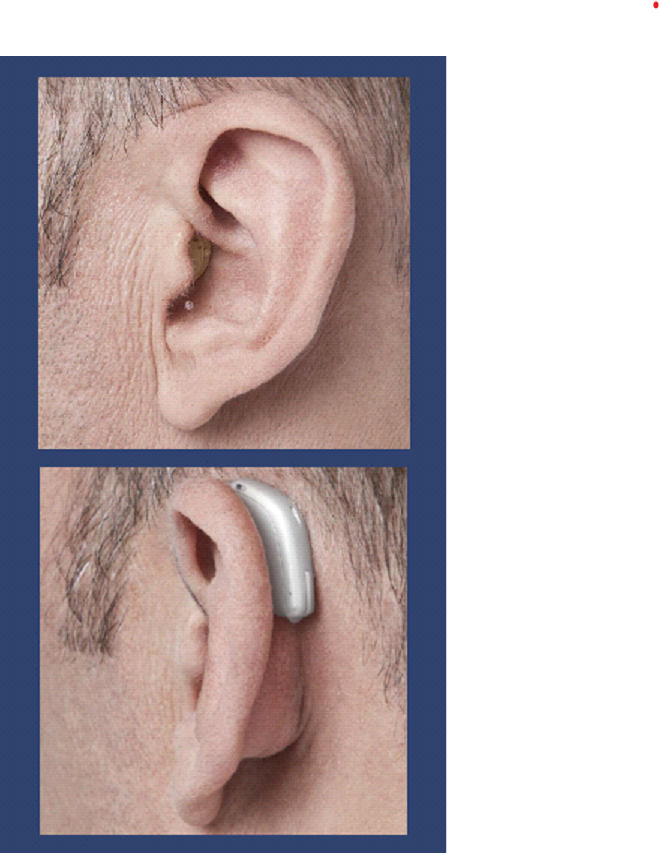
In-the-ear (ITE) hearing aids
ITE aids, or “invisible hearing aids’,” are worn in the ear canal and usually come in custom-fit sizes. Some types of ITE hearing aids fit very deeply within the ear canal, while others are closer to the outer ear. It is designed according to an impression that is taken at the time of the hearing aid consultation. It is available in different skin tones and colors to blend with the outer ear.
Behind-the-ear (BTE) hearing aids
BTE hearing aids usually sit behind or on the top of the outer ear. It comes with tubing that routes the sound down into the ear canal via a custom-fit earmold or a dome style. It doesn’t block the entire ear canal opening and is also available in different colors to match skin tone.
Both ITE and BTE devices come with batteries that are either rechargeable (like smartphones) or disposable (they must be replaced anywhere from 3 to 20 days).
Common hearing aid styles
- In-the-ear styles
- Behind-the-ear styles
In-the-ear styles further come into the following:
⦁ In the canal (IIC)
⦁ Completely in the canal (CIC)
- In-the-canal (ITC) hearing aid:
Invisible in the canal (IIC) styles are virtually invisible and placed very deeply in the ears. It must be removed by towing on a small pull-out string.
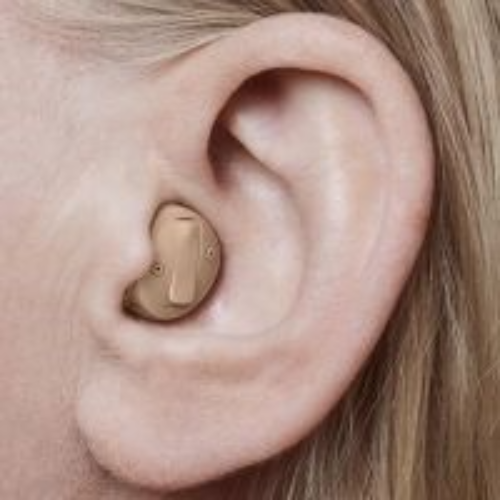
- Completely-in-the-canal (CIC) hearing aid:
Completely in the canal (CIC) is also very similar but doesn’t sit quite so deeply within the ears.
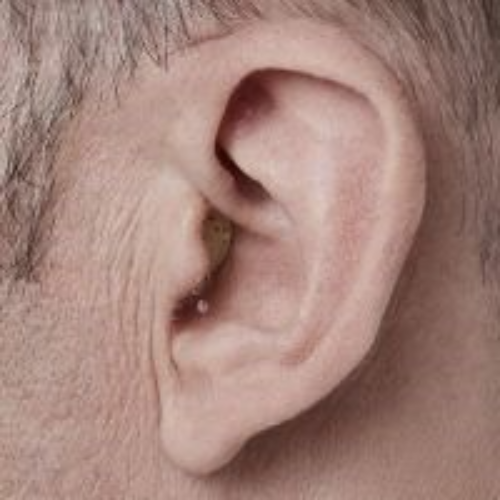
For most people with mild to moderate hearing loss, both of these designs are appropriate. These lack any manual controls, such as program buttons or volume wheels, because of their compact size.
Benefits
⦁ Very covert.
⦁ Excellent sound quality as a result of their in-ear fit.
Cons
⦁ Vulnerable to moisture damage and ear wax.
⦁ Small sizes can limit connectivity to wireless devices, such as smartphones.
⦁ Small sizes can cause problems with dexterity.
⦁ Small batteries need to be changed more frequently.
2. Behind-the-ear styles
Behind-the-ear styles further come into the following:
- Receiver in the ear (RITE):
Depending on the manufacturer, “receiver in the canal” (RIC) or “receiver in the ear” (RITE) is one of the most popular types of hearing aids. However, they all refer to the same open-fit hearing aid type, where the speaker is integrated into an ear dome that can be inserted rather than the hearing aid’s main body.
Put another way, the processor and microphone of the hearing aid are housed in a small case behind the ear, while the speaker itself is situated in the ear canal. There’s a small wire that connects them. All of the main hearing aid manufacturers produce this type of device, which typically has sound quality that is above average.
When a hearing aid is damaged, the speaker part that fits in the ear can frequently be fixed at the clinic rather than needing to be sent back to the manufacturer.
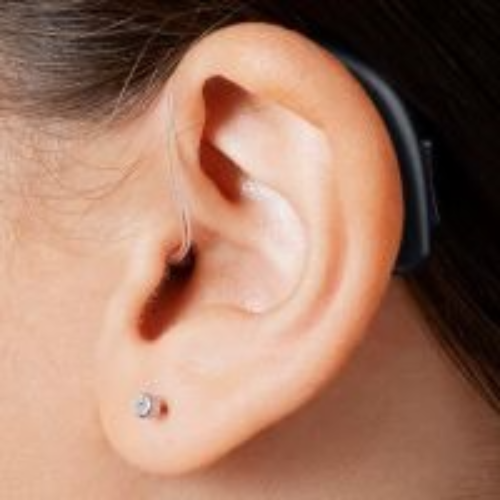
Benefits:
⦁ Easily accessible options with rechargeable batteries.
⦁ Most likely to include modern technologies like artificial intelligence.
⦁ Most likely to include wireless connectivity for gadgets like phones.
⦁ It is possible to change the speaker individually.
⦁ Telecoil choices are prevalent.
Drawbacks:
⦁ The speaker, which is behind the ear, is vulnerable to moisture and ear wax damage.
⦁ The microphone and sound processor that sit behind the ear are visible.
⦁ Smaller RITE sizes (known as mini-RITEs) can be an issue for dexterity.
- Behind-the-ear with earmold
Earmold-equipped BTE designs are suitable for all levels of hearing loss, from moderate to severe. More features, controls, and battery life can usually be accommodated in their longer form, which mimics the shape of the outer ear, than in any other type of hearing aid. Children are typically fitted with a BTE that has an earmold style because the BTE can be reconfigured as needed and the earmold can be changed out as the child grows.
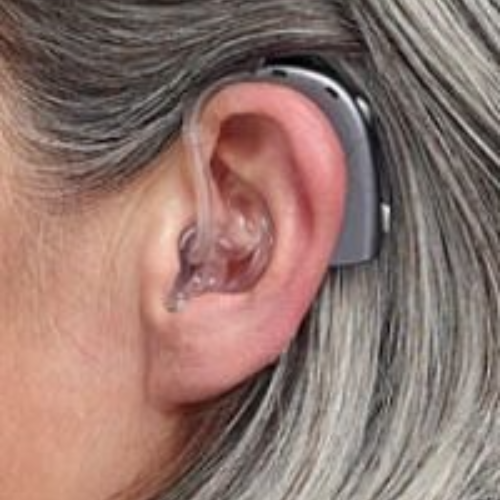
Benefits:
⦁ Accommodates all levels of hearing impairment, even severe hearing loss.
⦁ It often comes in models with cutting-edge technology and wireless device connectivity.
⦁ The custom-fit earmold can be changed out independently.
⦁ Less prone to harm from dampness
Drawbacks:
⦁ Wearers may feel more plugged in if there is more occlusion; however, this is usually very slight.
⦁ Space constraints for those who wear glasses and/or have small ears
⦁ less hidden from a cosmetic standpoint.
At, Kirtikar Sound UP, located in Pune, India many options available when purchasing a hearing aid can be overwhelming. Since, Hearing loss advocates advise four essential elements, at the very least: They have built-in Bluetooth, are aesthetically pleasing, rechargeable, and can activate the telecoil.
More people than ever can wear the small, almost invisible devices, and even the larger instruments come in elegant, contemporary designs, by keeping these points in mind we customize hearing aids.
Do you need to get fitted for hearing aids, or do you suspect you may be deaf? To find the best hearing aids, it’s a good idea to browse our website (https://ksounduphsc.com/) of consumer-rated hearing healthcare providers.
